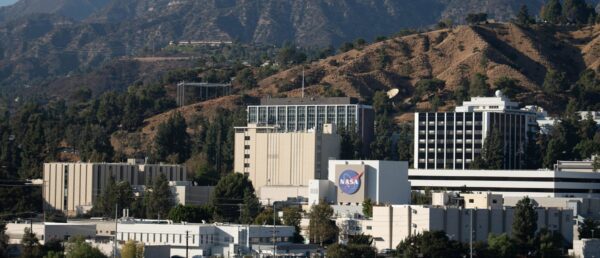Storms have hit Southern California with unprecedented fury. Amongst the deluge, the Los Angeles River, typically a creeping stream confined to a concrete channel, surged alarmingly, shattering the perception of a city separated from the whims of nature.
Experts warn that the sprawling network of dams and flood control channels, a century-old infrastructure originally built to drive economic development and prevent flooding, is being outpaced by the increasing intensity of extreme weather events driven by climate change. “The system can handle multiple atmospheric rivers, as long as they have some spacing between them,” said Dena O’Dell, a spokeswoman for the U.S. Army Corps of Engineers. “When they are back-to-back without a break, the system could be tested.” The Los Angeles Basin, having survived historic floods, now faces an evolving threat highlighted by a UC Irvine study suggesting a 100-year flood could rapidly overwhelm waterways like the Los Angeles River and the San Gabriel River.
In a city that has long pursued dominion over its wetter elements, bouts of intense rainfall bring a sobering reminder of nature’s might. Los Angeles County has been inundated with swaths of viscous mud and debris that challenged the flood control system. According to Mark Pestrella, director of L.A. County Public Works, “We currently have more than 15 million cubic yards of sediment in our reservoirs,” and it would cost about $500 million to remove.
The weekend’s atmospheric river, which circulated around an unusually warm patch of ocean waters between California and Hawaii, saturated the L.A. Basin with such intensity that downtown Los Angeles tied for its 10th-wettest day on record. “The warmer the surface ocean is, the more potential evaporation there is off of it,” explained UCLA climate scientist Daniel Swain, indicating human-caused climate change alongside El Niño as likely contributors to this recent weather pattern.
This exceptional storm has placed it among the most intense to hit Southern California in recent years, disrupting the lives of many, including a dramatic river rescue showcased when a man, in a desperate attempt to save his pet swept away by the rising torrent, was finally pulled from the turbulent Los Angeles River by an LA Fire Department helicopter team.
The challenge persists beyond the immediate storm as officials like Kathryn Barger, Los Angeles County supervisor, express, “Adequately protecting our communities from flooding will increasingly depend upon our ability to both maintain and evolve the public infrastructure we have in place, which was designed over a century ago.” With the Army Corps of Engineers citing safety concerns about some of the aging dams, the matter grows only more pressing. Under certain conditions, the spillway on the dam “can release more than 20 times what the downstream channel can safely contain within its levees,” a report warned, setting the stage for future emergencies.
Meanwhile, the river, once bound in concrete to fend off floods last century, steadily reclaims its relevance. After receiving Clean Water Act protections, parts of the river have seen stretches of kayaking, restoration of habitats, and the return of wildlife, all under the shadow of the megalopolis it runs through. With plans to rejuvenate the river and nearby communities in progress, Los Angeles finds itself at a crossroads between celebrating a past of overcoming the elements and preparing for a future where those very elements could reshape its landscape.
As reported by latimes.com, axios.com and ustoday.news.







